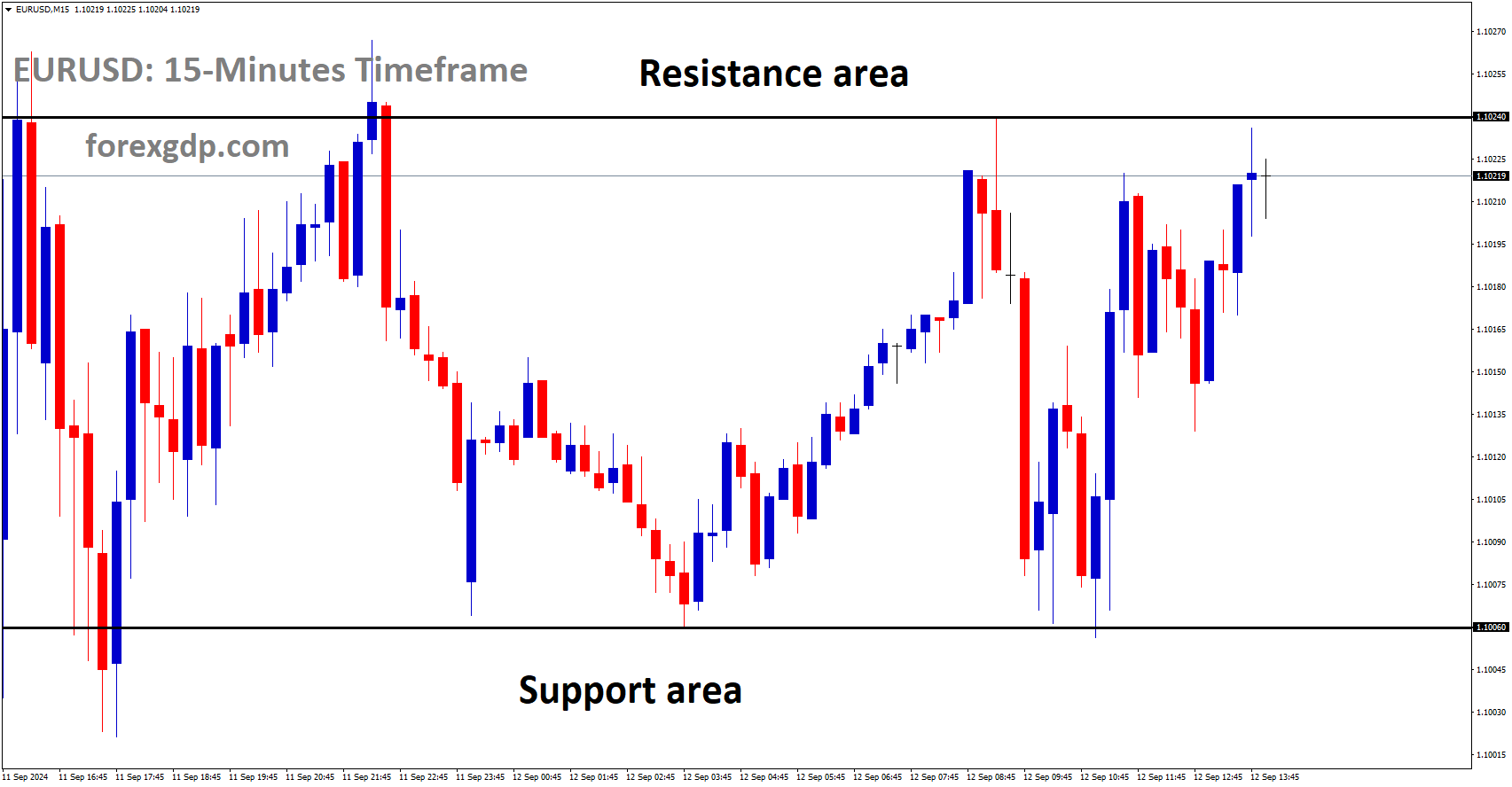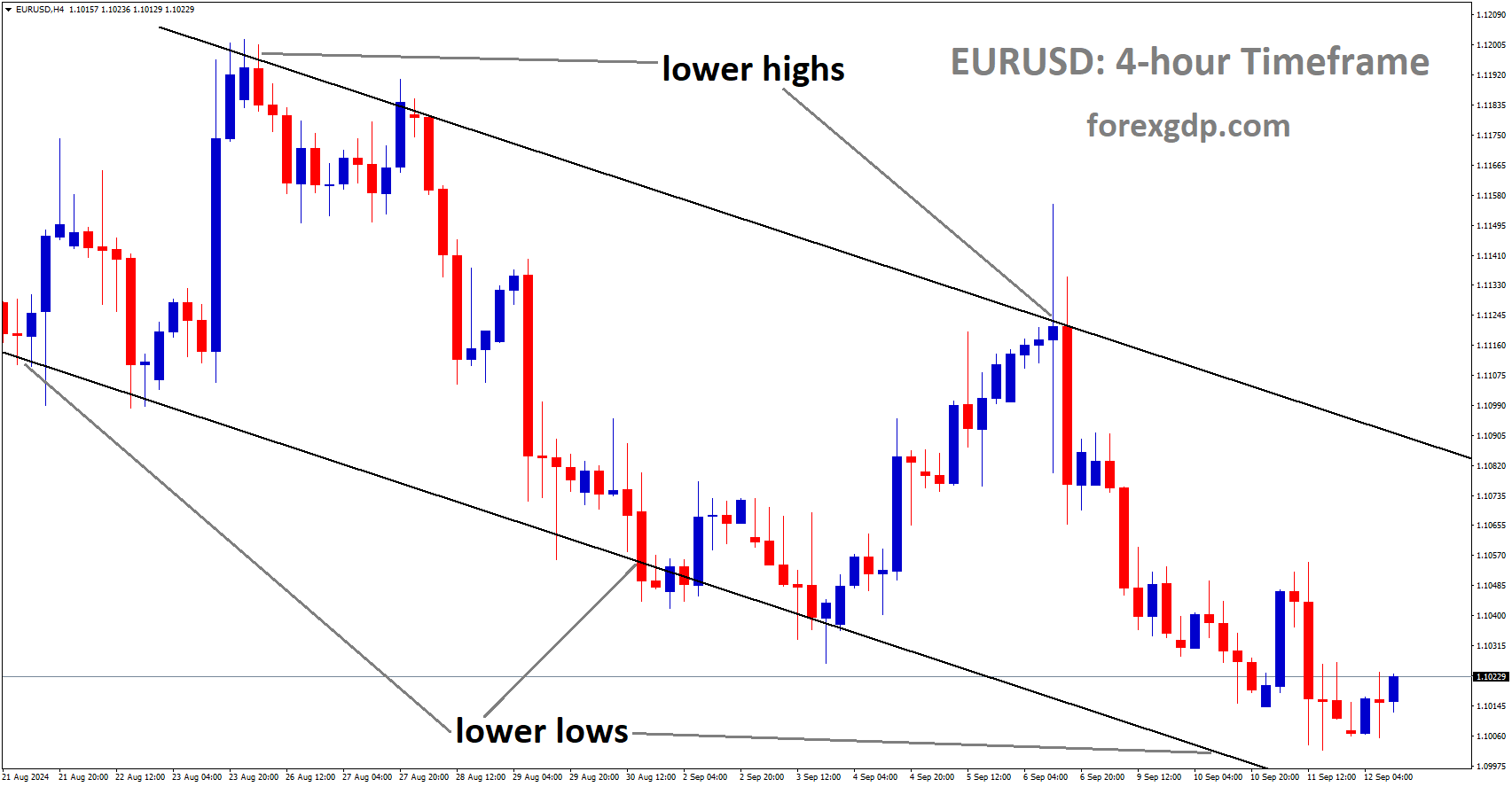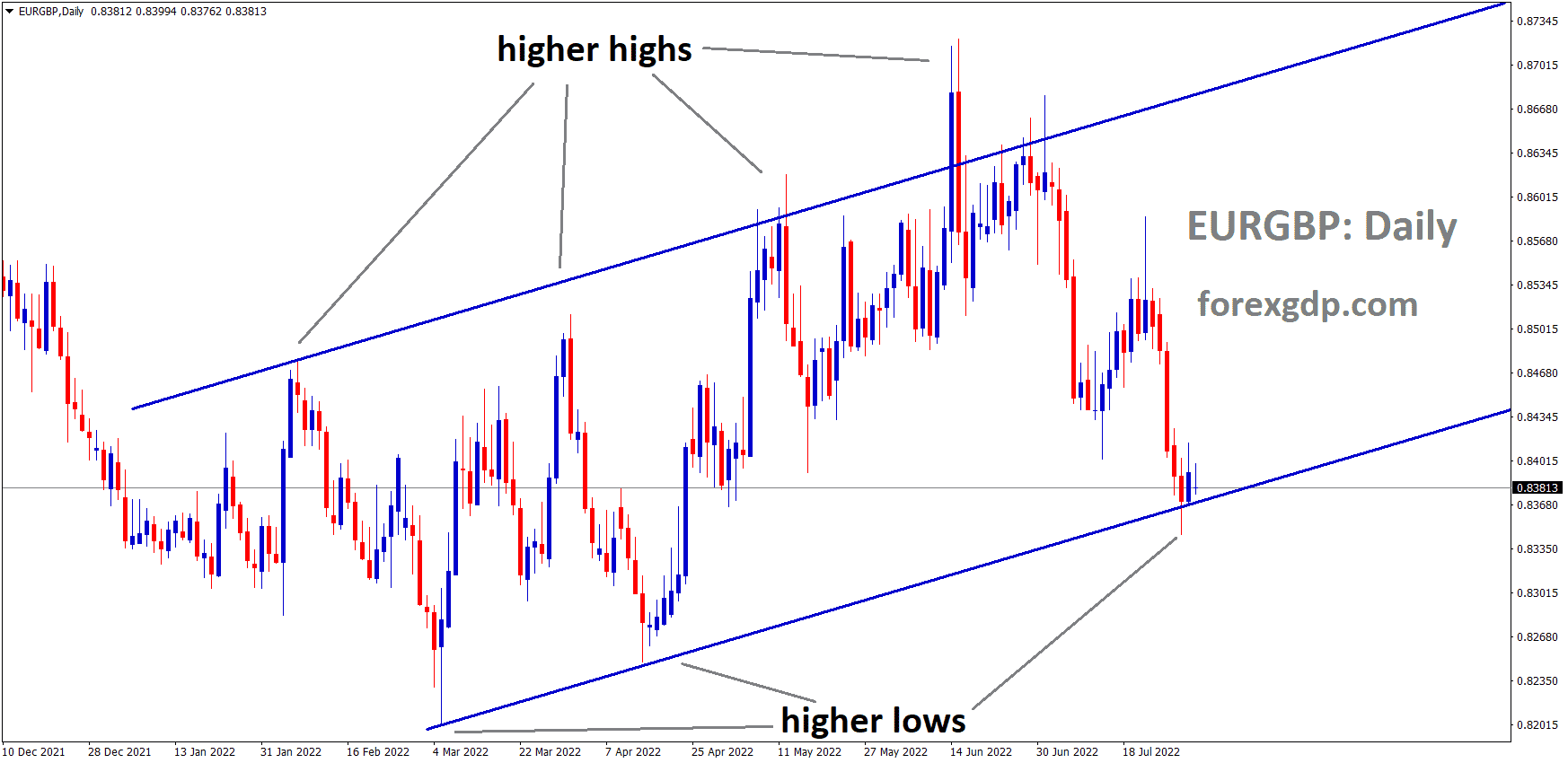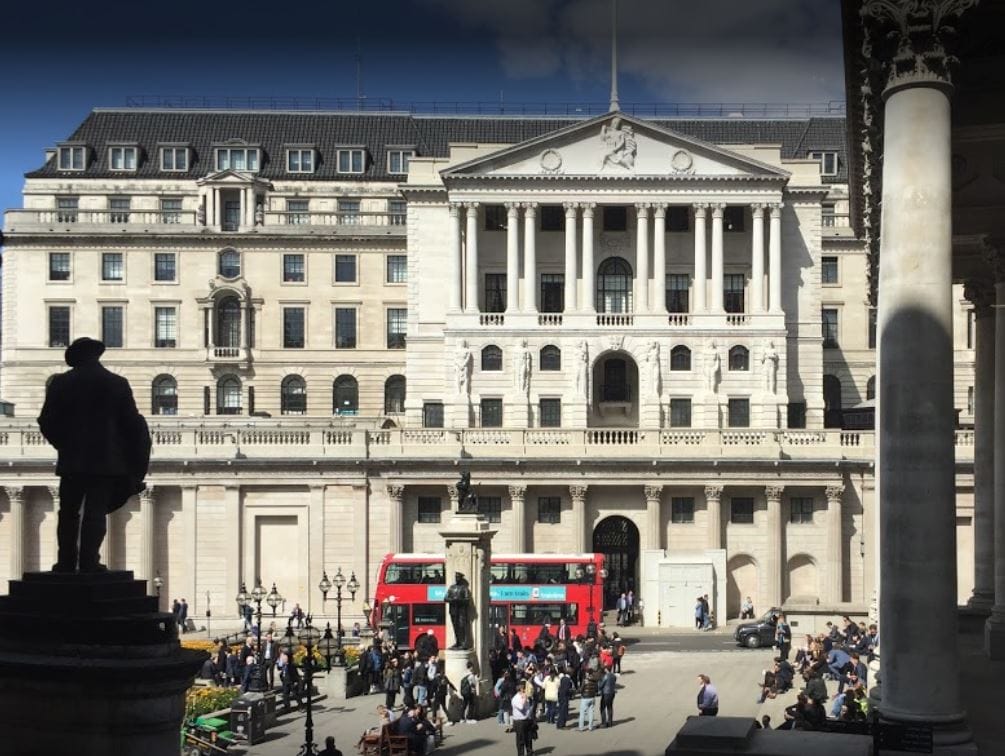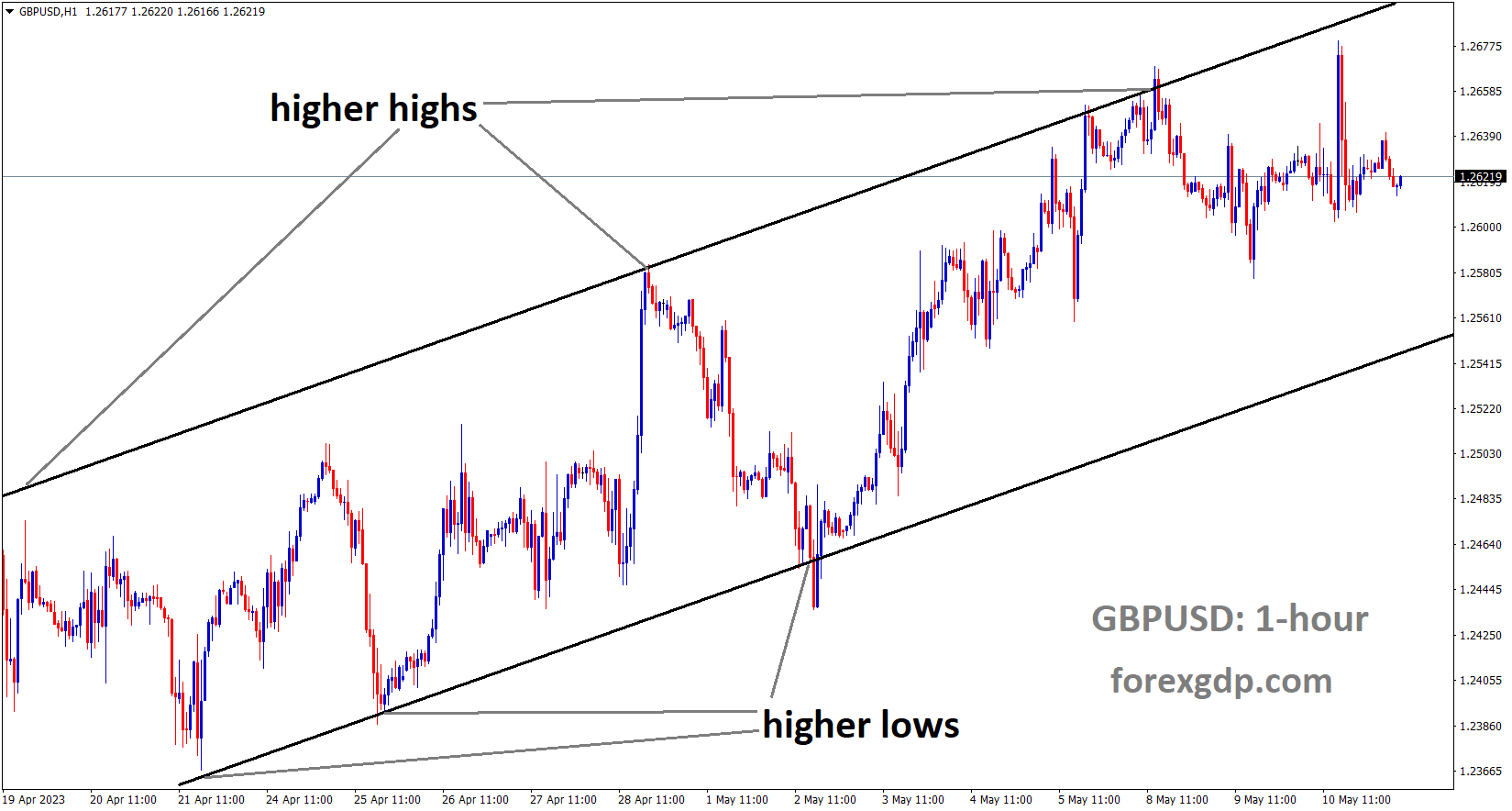EURUSD is moving in a box pattern, and the market has reached the resistance area of the pattern
#EURUSD Analysis Video
The European Central Bank’s September Meeting: Key Expectations and Insights
The European Central Bank (ECB) holds immense influence over the Eurozone’s financial stability, especially regarding decisions around interest rates. As the ECB prepares for its September meeting, the financial world is abuzz with speculation about what changes, if any, will come. This article dives into what you can expect from the ECB this month, why it matters for the Euro (EUR), and the broader economic context.
Understanding the ECB’s September Meeting
The ECB’s September meeting is anticipated to be pivotal. Investors, economists, and businesses alike are watching closely as the bank’s decisions could have a ripple effect on global markets. At the core of these speculations is the potential reduction in interest rates, a move that could shift the economic landscape in the Eurozone.
Many expect the ECB to reduce key rates by 25 basis points (bps). This comes after a period of the bank holding steady on rates, giving economists a chance to assess the broader impact of the previous hikes. But why does this potential rate cut matter so much?
Why Interest Rates Are So Important
Interest rates set by the ECB influence borrowing costs across the Eurozone. When the rates are high, borrowing becomes more expensive for businesses and individuals. This can cool off an overheating economy but also slow down growth. On the other hand, lower rates make borrowing cheaper, stimulating economic activity but also potentially increasing inflation.
Right now, inflation in the Eurozone has been a key concern. Though recent data shows inflation cooling down significantly, it’s still a hot topic of debate among policymakers.
What to Expect from the ECB’s Decision
After holding off on changes in July, the ECB is now widely expected to reduce key rates in its September meeting. If this happens, the interest rates on the ECB’s main refinancing operations, marginal lending facility, and deposit facility are likely to decrease.
But it’s not just about whether rates will be cut—it’s also about what signals the ECB gives about future moves. ECB President Christine Lagarde is expected to shed light on the path forward. Her press conference following the meeting will be closely watched for hints about what the central bank plans to do in the coming months.
How Inflation and Wage Growth Are Influencing the ECB
The ECB’s decision will be influenced by multiple economic indicators, including inflation and wage growth. In recent months, inflation in the Eurozone has cooled significantly, moving closer to the ECB’s 2.0% target. This has taken some of the pressure off the central bank to maintain high interest rates.
EURUSD is moving in a descending channel, and the market has reached the lower high area of the channel
Wage growth, too, has started to slow down. In the second quarter of 2024, wage growth in the Euro area rose by 3.55%, a decline from the 4.74% rise in the first quarter. This easing of wage pressures gives the ECB more room to consider cutting rates without worrying as much about an inflationary spiral.
ECB’s Communication: What to Listen for in Lagarde’s Speech
Christine Lagarde’s press conference is often where the most crucial insights come out. While the interest rate decision itself is important, the ECB’s outlook on future economic conditions is even more critical.
At the heart of the discussion is whether this expected rate cut will be the last one for the year, or if the ECB has more cuts in store. Lagarde may not make any definitive statements about future cuts, but the tone and language she uses will be key for market participants trying to gauge what comes next.
In previous statements, Lagarde has emphasized that the ECB does not have a predetermined path for rates and will make decisions based on the latest data. This could mean that while a September cut might happen, future cuts will depend on how inflation and other economic factors evolve in the months ahead.
Economic Conditions in the Eurozone: What’s Driving This Decision?
The Eurozone economy has been a mixed bag lately. While inflation is cooling and wage growth is slowing, other economic indicators point to weaker business activity. The Euro area has experienced sluggish growth, and many sectors are struggling to regain pre-pandemic levels of productivity.
These economic conditions put the ECB in a tricky position. On one hand, they need to ensure inflation remains under control. On the other hand, they don’t want to stifle growth by keeping rates too high for too long.
Balancing Hawkish and Dovish Views
In central banking, policymakers are often described as either “hawks” or “doves.” Hawks prioritize controlling inflation and are more likely to support higher interest rates, even if it means slower growth. Doves, on the other hand, are more concerned with boosting economic growth and are generally more supportive of lower interest rates.
EURUSD is moving in a descending channel, and the market has rebounded from the lower low area of the channel
In this meeting, the ECB will have to balance these two perspectives. Some officials are worried that inflation, particularly in the services sector, remains too strong. Others, however, argue that the Eurozone economy is too fragile for high rates and needs more support.
What the ECB’s Decision Means for the Euro (EUR)
The ECB’s decisions don’t just affect the Eurozone—they also have a significant impact on the Euro itself. A cut in interest rates could weaken the Euro against other currencies, particularly the US Dollar (USD). This is because lower interest rates typically make a currency less attractive to investors, who may seek higher returns elsewhere.
However, it’s not just about the rate cut. The ECB’s outlook on future rate changes will be key to determining the Euro’s future strength. If Lagarde hints at further cuts down the line, the Euro could face more downward pressure. On the other hand, if the ECB signals that this is a one-off cut and future cuts are less likely, the Euro could stabilize or even strengthen.
Final Thoughts: What’s Next for the ECB and the Euro?
The ECB’s September meeting is shaping up to be a pivotal moment for the Eurozone economy and the broader financial markets. While a 25bps rate cut seems almost certain, the real intrigue lies in what the ECB signals about the future. Will this be the last cut for the foreseeable future, or is there more easing on the horizon?
For anyone invested in or affected by the Eurozone economy, the outcome of this meeting will be critical. Whether you’re a business owner, an investor, or simply someone with an interest in economic policy, it’s worth paying close attention to the ECB’s announcements.
The economic landscape is constantly shifting, and the ECB’s role in shaping that landscape cannot be overstated. Keep an eye on the headlines, and stay informed about what comes next—you can be sure it will affect more than just the Euro.
Don’t trade all the time, trade forex only at the confirmed trade setups
Get more confirmed trade signals at premium or supreme – Click here to get more signals , 2200%, 800% growth in Real Live USD trading account of our users – click here to see , or If you want to get FREE Trial signals, You can Join FREE Signals Now!

